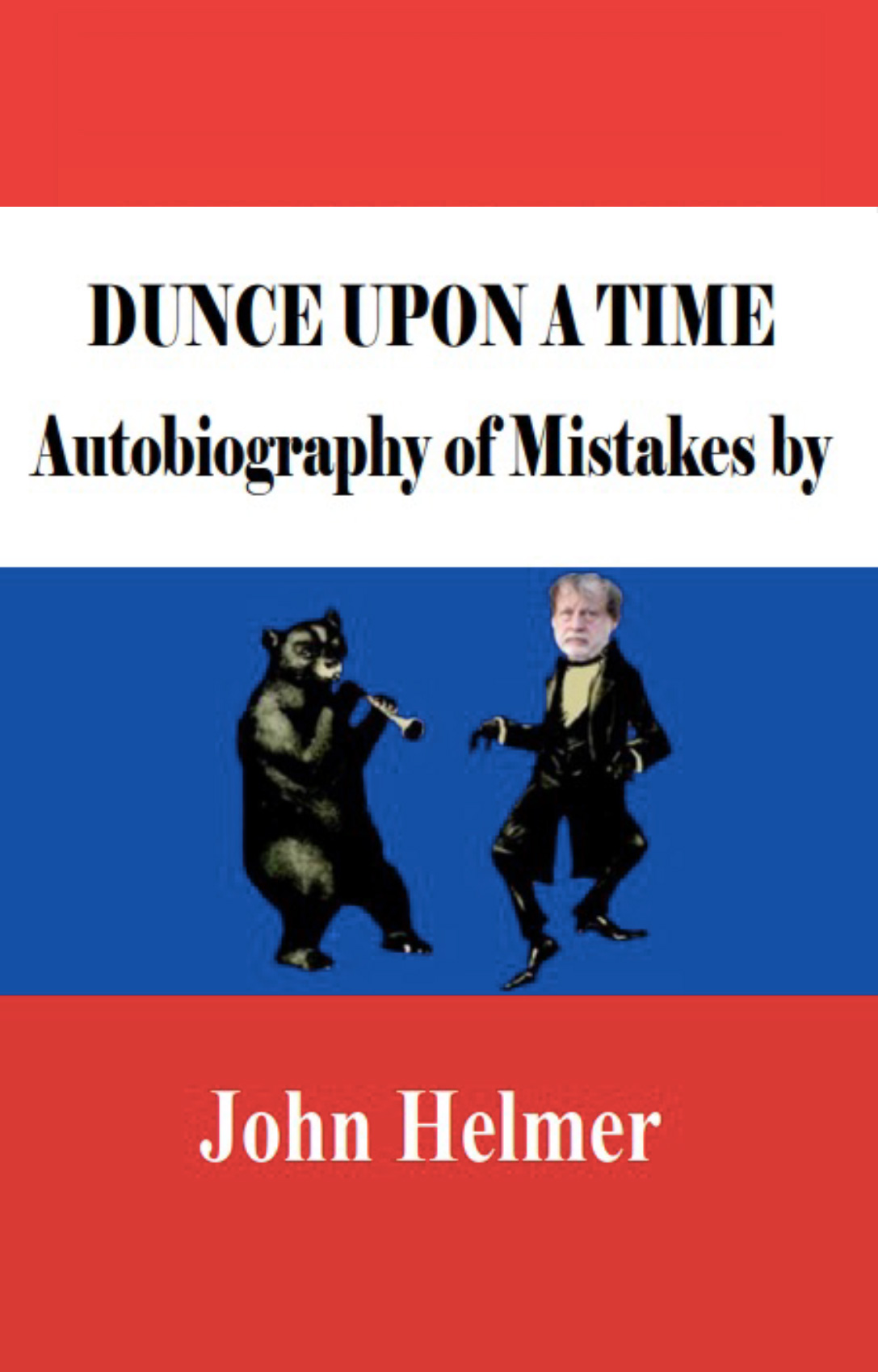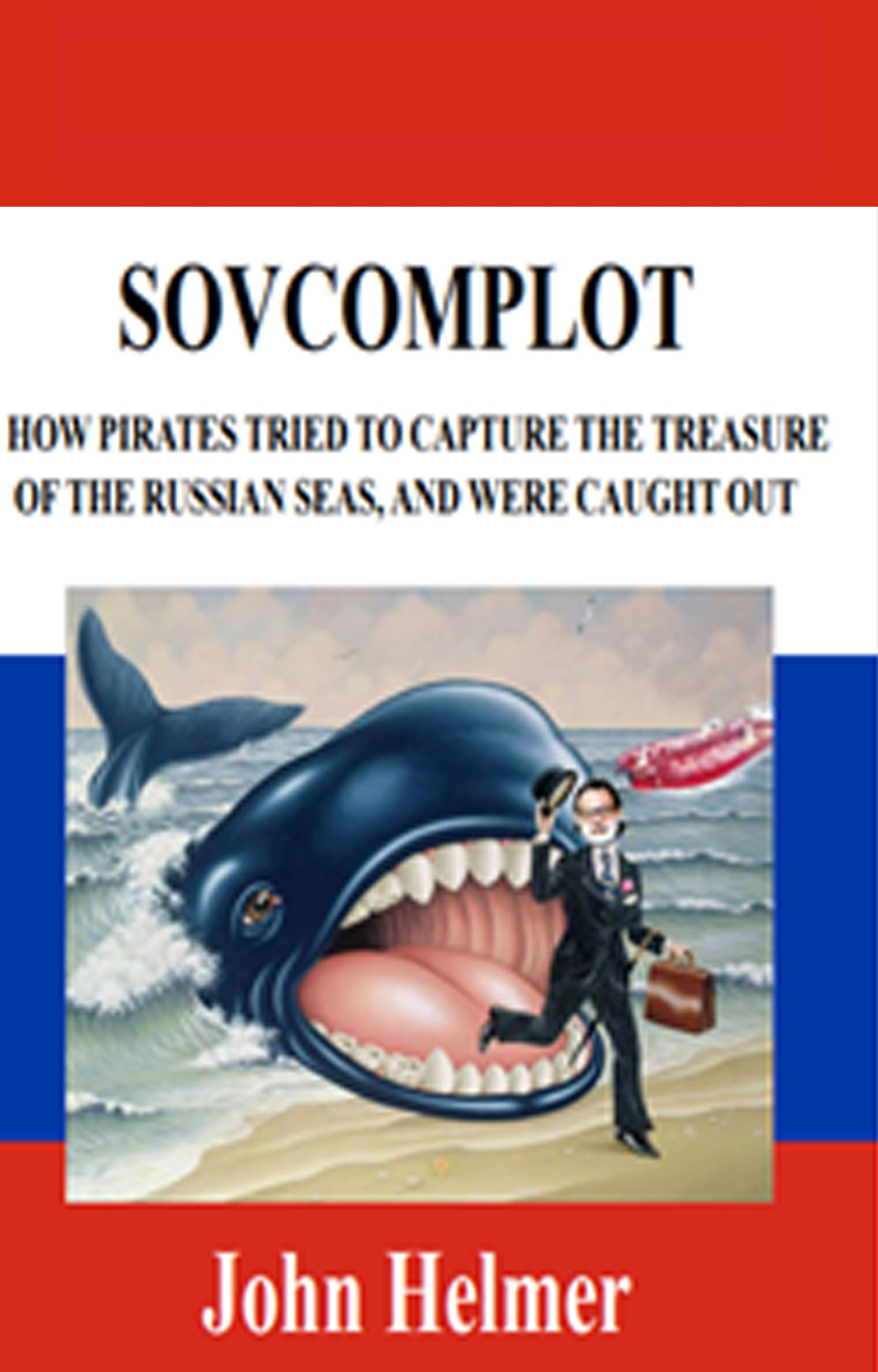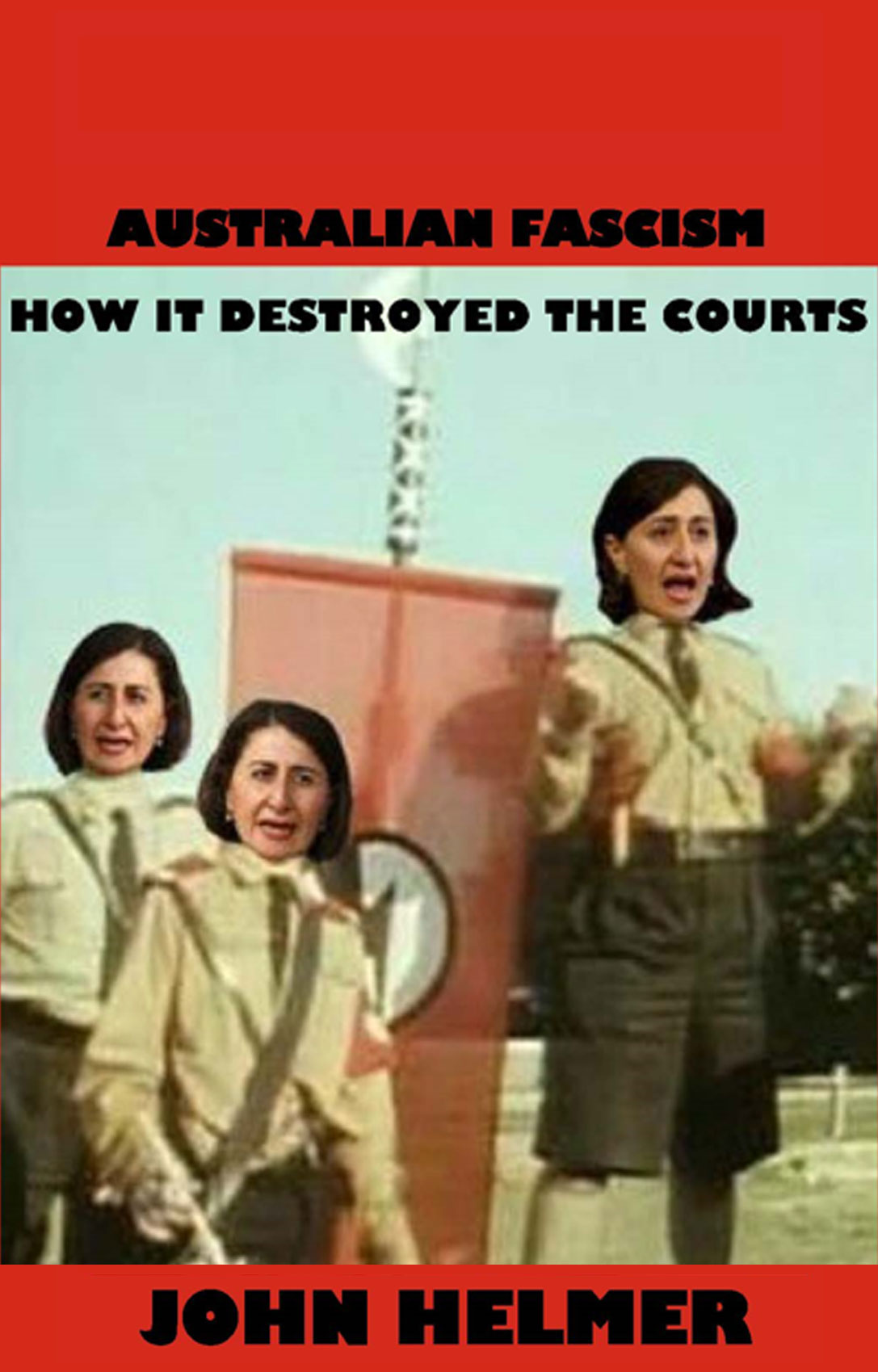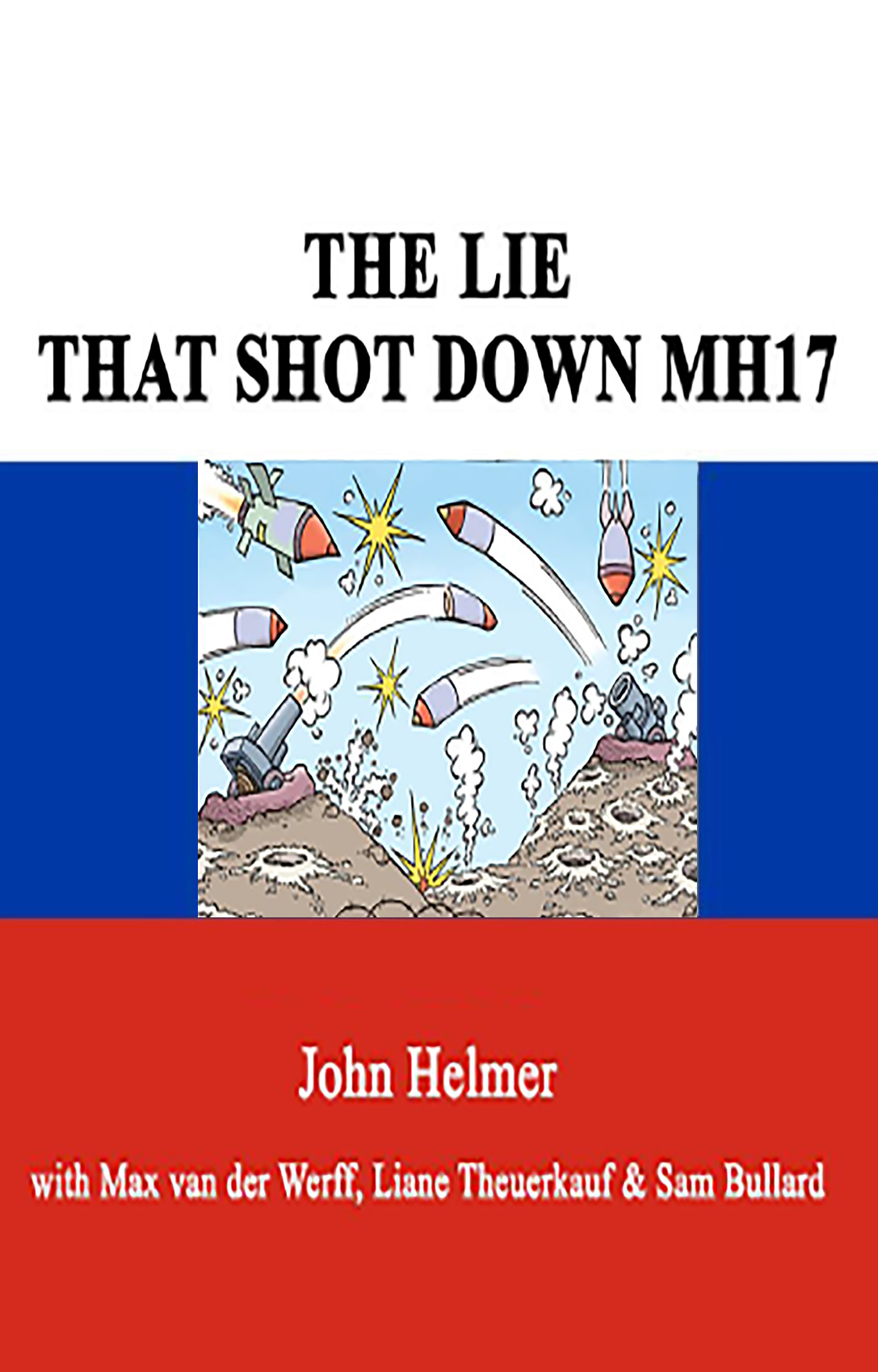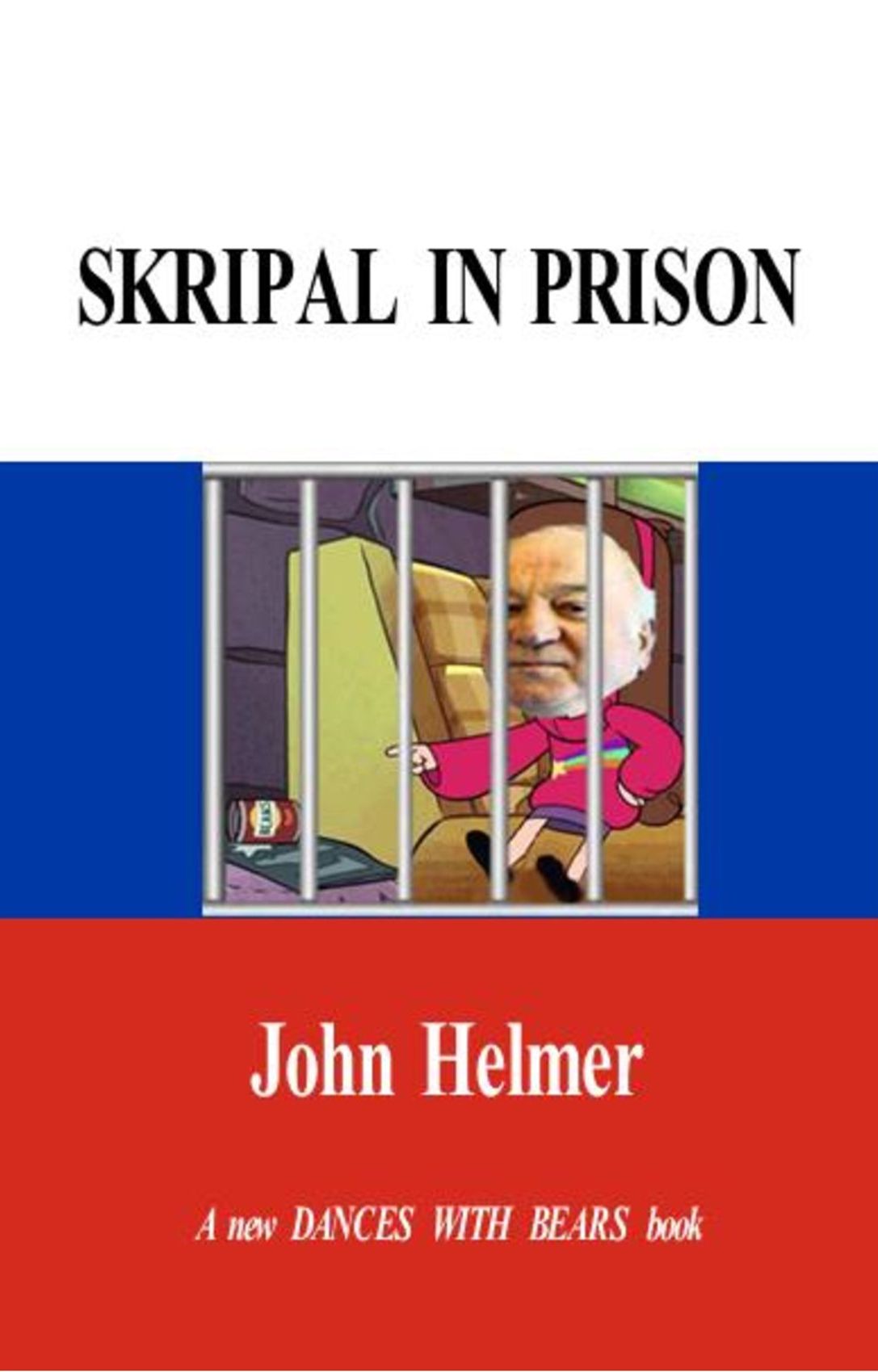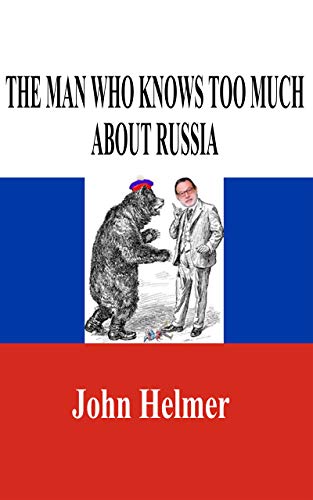By John Helmer, Moscow @bears_with The first session of the inquest into the death of Dawn Sturgess, held in London on Tuesday, was almost entirely predictable. The counsel for the coroner, like the lawyers for the Sturgess family and for the Home Office, repeated without qualification the allegation that a Novichok poison weapon they say was […]
By John Helmer, Moscow @bears_with Bernadette Caffarey (lead image, 2nd from left) is the go-to person when high British government officials need a spokesman after a suspicious death has occurred in the vicinity of the secret services; and when withholding of evidence from a coroner or criminal court judge requires discretion, sensitivity, trust. That’s trust on the […]
By John Helmer, Moscow @bears_with For more than three centuries the judges of the United Kingdom’s courts have struggled to preserve their independence from the monarch and the government, and thus their power to rule on the truth before them, not the lies presented by the ruling powers. When giving public lectures, optimistic, pensioned, and […]
By John Helmer, Moscow @bears_with In a series of moves coordinated with German and other NATO government officials, Alexei Navalny has released a fabricated internet message while his wife Yulia Navalnaya is in Germany to seek German, British and US Government aid for Navalny’s release from prison on terms that will end his political ambitions in […]
By John Helmer, Moscow @bears_with The Kiev regime of Volodymyr Zelensky is now in the same strategically vulnerable position as Petro Poroshenko’s regime was after the presidential election of May 2014. Both were facing domestic alienation and armed opposition, which for different reasons in the east of the country and the west, were impossible for the […]
By John Helmer, Moscow @bears_with The British government has selected a new team trusted with state secrets to run the inquest into the alleged Novichok death of Dawn Sturgess three years ago. The appointments of former Court of Appeals judge, Lady Heather Hallett, and Martin Smith as legal advisor will commence at a court hearing in […]
By John Helmer, Moscow @bears_with For the first time, the US-based international media agency Reuters is being sued for lying about Russia in the British High Court. The three defendants in the dock are Catherine Belton (lead image, right); her source, runaway bank robber Sergei Pugachev; and Rupert Murdoch’s publishing house, HarperCollins. Roman Abramovich (left) has […]
By John Helmer, Moscow @bears_with Barnacles are unambitious. Once they attach themselves to the keel they don’t think they can influence the direction or even the speed of the boat. They confine themselves to feeding and reproducing. Barnacles are good at that because their penises are closer to their mouths than is true of most journalists. […]
By John Helmer, Moscow @bears_with How many times must we repeat: in this war which the US and NATO have started against Russia, force will decide the outcome, not words. So if President Joseph Biden (lead image, centre) and his Secretary of State Antony Blinken (left) are afraid of running the risk of losing the former […]
By John Helmer, Moscow @bears_with Sovcomflot, Russia’s dominant shipping company and (next to the Chinese) the world’s most valuable energy tanker fleet, announced yesterday that in 2020 its earnings had risen almost 10%, and its profit jumped by over 18%. However, the stock market is decidedly unimpressed. On the Moscow Stock Exchange, where Sovcomflot shares have […]

